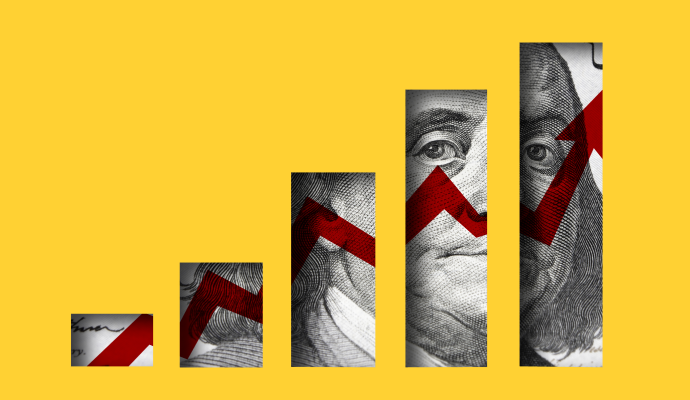Medical Debt Unevenly Impacts People of Color, Low-Income Residents in NY
Consumers in New York with a median household income of less than $54,200 were three times more likely to have medical debt than those with incomes above $88,500.

Source: Getty Images
- Medical debt in New York State varied widely by geography in 2022, with debt more common among communities of color and those with low incomes, highlighting disparities.
The Urban Institute report reflects February 2022 data gathered from credit records for more than 600,000 adults in New York State. Researchers assessed the prevalence of medical debt at the region, county, and community levels.
Around 6 percent of consumers in New York State had medical debt in collections on their credit reports in February 2022. Although the statewide average was low, certain communities were more likely to face medical debt.
The share of New Yorkers with medical debt ranged from 3.2 percent or less in some communities to between 9.7 percent and 37.6 percent in places with the highest debt levels.
Communities with high rates of debt were concentrated in the Central New York (14 percent), Mohawk Valley (11 percent), North Country (11 percent), and Southern Tier (10 percent) regions of the state. Meanwhile, communities in Long Island (3 percent) and New York City (4 percent) had low rates of debt.
In each region, medical debt rates were highest among communities of color. For example, in Central New York, 28 percent of consumers in communities of color had medical debt compared to 12 percent of consumers in predominantly White communities. This trend occurred in several other regions, including the Capital District, New York City, and Western New York regions.
In some populous counties, the share of residents with medical debt in communities of color was more than twice as high as the share in predominantly White communities, including Albany, Erie, and Schenectady.
Communities with lower median household incomes were also more likely to face medical debt, the report found. Across the state, consumers with a median household income of less than $54,200 were three times more likely to have medical debt than those with a median household income above $88,500.
In the lowest-income communities, 9 percent of consumers had medical debt compared to 3 percent of consumers in the highest-income communities, 5 percent in the second-highest, and 6 percent in the third-highest.
Health insurance coverage also affected medical debt prevalence, as those without insurance were more likely to have debt.
The median amount of debt among consumers with any medical debt was $456. Almost half (48 percent) of consumers with debt owed $500 or more, 30 percent of whom owed $1,000 or more. In the lowest-income communities, more than half of consumers with debt owed $500 or more.
Meanwhile, 52 percent of consumers with any medical debt owed less than $500. Three major national credit reporting agencies announced in April 2023 that they removed all medical debt collection tradelines under $500 from consumer credit reports.
Communities facing the highest medical debt rates also experienced additional barriers to healthcare access. High-debt communities were more rural and had lower levels of educational attainment, income, and employment than low-debt communities.
High-debt communities also had higher shares of adults under 65 with disabilities and nonelderly residents with Medicaid or public healthcare coverage.
The report’s findings indicate that expanding health insurance coverage and lowering deductibles could help minimize the risk of medical debt. Additionally, stronger requirements for hospitals to provide financial assistance and further changes in credit reporting could help relieve medical debt burden for consumers.
